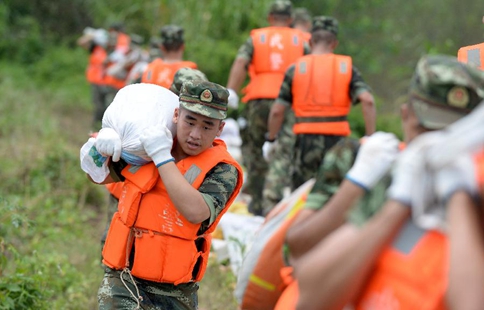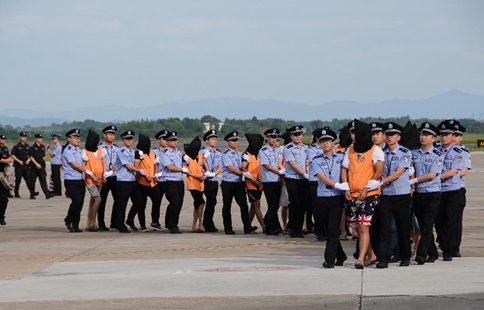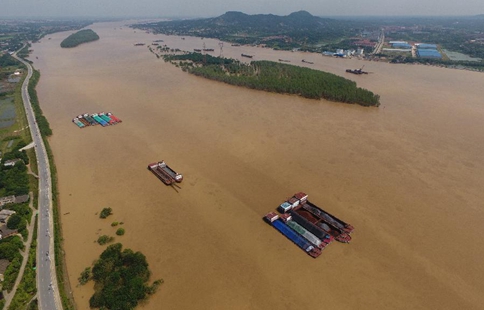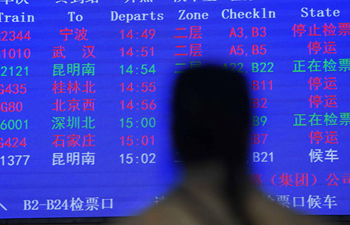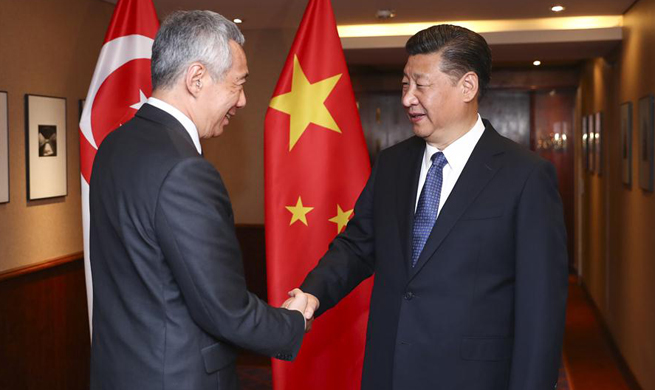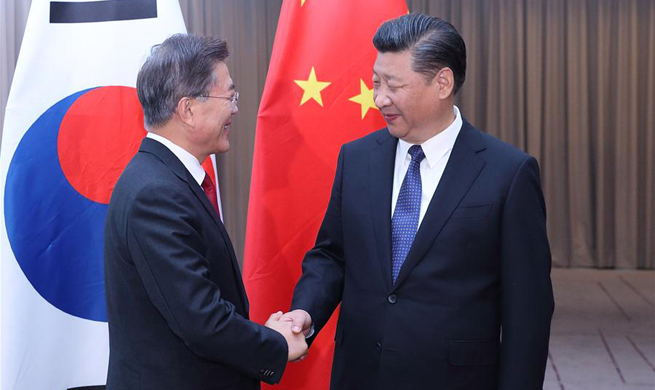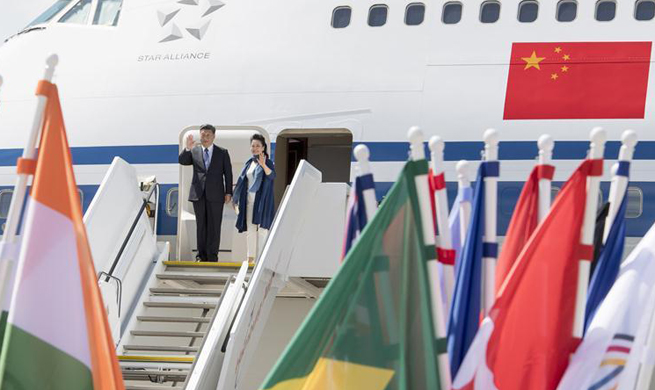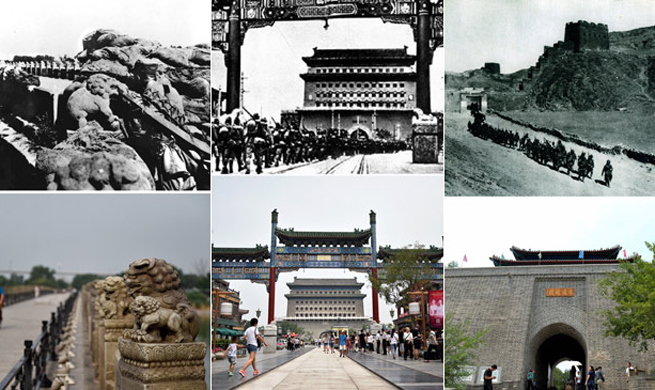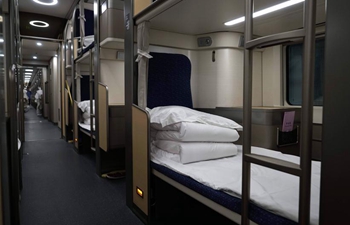LOS ANGELES, July 6 (Xinhua) -- Based on realistic computer simulations, engineers are developing an artificial intelligence framework for border surveillance, which can integrate data from different sources and respond in real time, according to the University of Arizona (UA), U.S..
"Our goal is to devise a system to most effectively, efficiently and safely deploy border patrol resources," said Young-Jun Son, professor and head of the UA Department of Systems and Industrial Engineering and principal investigator of the project in a statement.
With a three-year 750,000-U.S.-dollar grant from the U.S. Air Force Office of Scientific Research, Son's team helps the U.S. government gain a clearer picture of border activities for swifter, better-coordinated responses by using computer modeling and simulation, data analysis and other technologies.
Since 2005, the U.S. Department of Homeland Security has deployed unmanned aerial vehicles (UAV) equipped with cameras and radar for border surveillance. Flying at altitudes of 100 feet and far higher, the UAVs, or drones, can cover broad swaths of land and quickly detect activities that might be missed by fixed or mobile ground sensors, particularly in remote or mountainous areas, according to UA.
"A major task of unmanned vehicles in patrol missions is to detect and find their targets' locations in real time," research collaborator Sara Minaeian, a UA PhD candidate in systems and industrial engineering, said in a press conference. "This can be challenging for many reasons: for example, the surveillance vehicles and targets are all moving, and the landscape's uneven nature may alter how targets appear."
By using the U.S. National Aeronautics and Space Administration geographical data from the border, the researchers have developed hundreds of algorithms to simulate and predict how groups of people may move when traveling on different terrain and in different weather conditions.
The researchers are using their data to better understand various crowd behaviors and refine their algorithms to more accurately predict and track the crowd's movements, said UA.
"We believe that by integrating multiple surveillance technologies, we can far surpass their individual capabilities," Son said. "In our integrated system, the sum is bigger than its parts."




